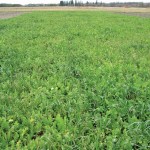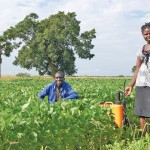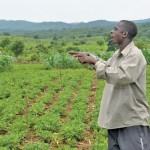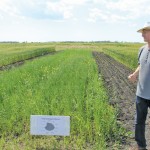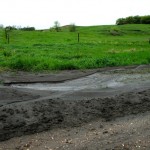Canadian Foodgrains Bank (CFGB) has received $14 million from the federal government to scale up conservation agriculture programs in three African countries. The funding provided on a three-to-one matching basis, will enable the organization to assist 50,000 farmers in Ethiopia, Kenya and Tanzania, up from 5,000 farmers it is currently assisting, it says in a



